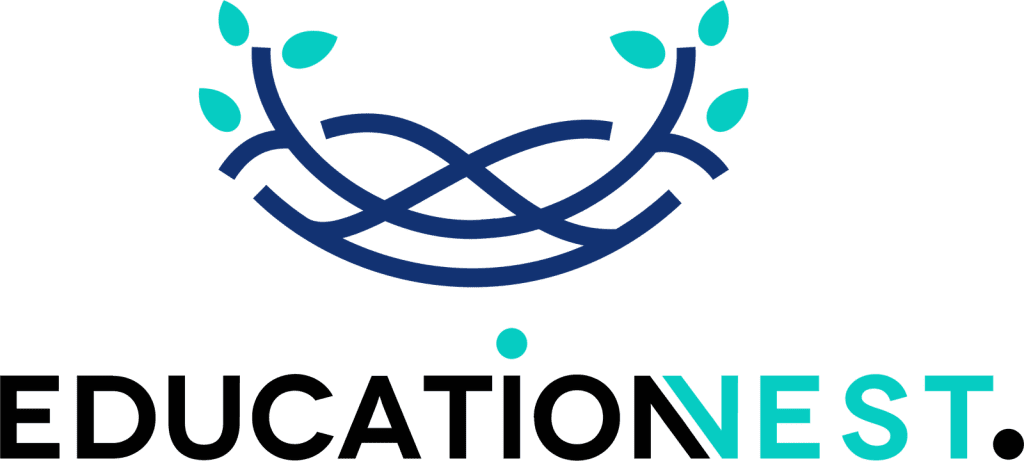Training and development initiatives are an inevitable part of the corporate culture. Especially in this digital era, it is essential to have a highly skilled workforce to sustain in the dynamic business market. As per recent reports, professional development corporate training yields 218% income per employee, thus helping companies with a 24% higher profit margin.
Are you looking for online corporate training programs? Check out the extensive range of courses offered by Education Nest, the leading global learning platform for professional growth and excellence. Its market-oriented personal and curated courses cater to learners at all levels and can be customized as per individual needs.
Undoubtedly, corporate training benefits both the organization and its employees. However, monitoring the return on investment to measure its effectiveness is important. Here’s how you can assess the success and impact of corporate training and determine the ROI.
Corporate Training Importance
Companies must invest in employee training and development to improve their competencies. A skilled workforce is an asset and helps enhance organizational performance substantially. When employees are equipped with the latest skills and technologies, they feel more confident and achieve higher productivity.
Also, corporate training ensures agility and helps organizations adapt to technological advancements. As a result, businesses can effectively transition to profound shifts and incorporate essential changes whenever needed.
A LinkedIn survey shows employees feel more valued when their organization prioritizes learning initiatives. About 94% of employees show loyalty and commitment to their companies if they are provided with professional growth opportunities. Therefore, corporate training is an essential business investment that can drive significant growth and value.
Measuring Corporate Training ROI
It is important to determine the success and impact of corporate training programs against their costs to assess their effectiveness and justify whether the investments were worth it. ROI offers tangible evidence and useful insights through qualitative and quantitative data. Here’s how you can measure corporate training ROI:

Clear Objectives
The first and foremost step is to define clear objectives of the training programs and their expected outcomes. It helps you understand the real reason behind the training initiatives and if they support your business goals or contribute positively to the organizational growth and performance.
Tracking Expenses
For calculating corporate training ROI accurately, tracking all training expenses like the material costs, technological investments, instructor fees, and other variable costs is essential. However, you must establish a baseline before implementing the corporate training. It will help understand pre- and post-training performance and connect them to the identified goals.
Defining Metrics
The next step is to define specific metrics connected to the training goals. It is better to include both qualitative and quantitative measures for better results. You should consider appropriate KPIs to measure revenue, productivity levels, error rates, customer satisfaction, employee turnover, retention rates, course completion rates, output per employee, and more. Qualitative assessments like surveys and feedback mechanisms can be used to assess innovation and problem-solving abilities, employee satisfaction, engagement levels, and other aspects.
Measuring Outcomes
Consider both monetary gains and intangible benefits when calculating the corporate training ROI. The basic formula compares the total training expenditure against quantified benefits and measures over different periods. You can consider monthly, quarterly, or yearly cycles, whatever best suits your business.
Read More
Invest in These 10 Corporate Training Programs for Better Impact
5 Learning Styles and How to Cater to Them in Employee Development
Employee Development Plans 2025: How to Tailor Them for Every Role
Wrapping Up
Measuring training outcomes is a tough task. It becomes challenging to gather data from reliable sources and analyze it to correlate it to business outcomes directly. Leveraging advanced tools and frameworks for efficient data collection, analysis, and interpretation helps achieve better results. Implementing continuous feedback mechanisms aids in identifying areas of improvement and taking necessary actions to optimize learning outcomes.
If you are looking for corporate training programs, Education Nest can help you with comprehensive learning solutions designed and delivered by seasoned industry experts. It also ensures measurable results through effective performance metrics.
For more details, reach out to us today.
